International Women’s Day, celebrated on March 8th each year, is more than just a date on the calendar; it’s a global day of recognition that highlights the social, economic, cultural, and political achievements of women. It also serves as a call to action for accelerating gender parity and addressing the challenges women face worldwide.
This day honors the indomitable spirit of women who have broken barriers, challenged stereotypes, and made significant contributions to society despite facing discrimination and inequality.
Second-Class Citizens?
Throughout history, it has been evident that the form of government and the perspective of political power—often dominated by men—have shaped the discourse and progress of women’s rights. In a patriarchal world where political leadership has been almost entirely male, the development of human rights and women’s rights did not occur simultaneously.

Legal texts securing human rights emerged in the late 1700s, yet, ironically, women were not considered part of “humanity” in those documents. The struggle for women’s rights has been a long and ongoing battle against exclusion and injustice.
Freedom Wars
After Martin Luther King‘s criticisms of the Catholic Church, the nobility and clergy possessing extensive privileges and their political, economic, and social pressure on society led to the proclamation of the American Declaration of Independence in America in 1776. criticisms of the Catholic Church, the extensive privileges of the nobility and clergy led to the American Declaration of Independence in 1776. Later, in 1789, French Revolution introduced the Declaration of the Rights of Man and of the Citizen (La Déclaration des droits de l’Homme et du citoyen), emphasizing human rights and the rule of law.
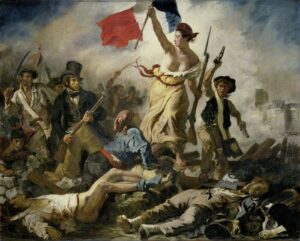
It is ironic, however, that despite the revolutionary rhetoric, women were still excluded from the definition of “citizen.” In the famous painting Liberty Leading the People by Eugène Delacroix, a woman personifies liberty, yet real women remained without rights.
Recognizing this injustice, Olympe de Gouges, a French writer and activist, published the Declaration of the Rights of Woman and the Female Citizen in 1791. She boldly argued that the oppression of women was the root of all inequality. Her famous words, “If a woman has the right to mount the scaffold, she should also have the right to mount the rostrum,” still resonate today.
Her activism led to her execution in 1793, but her legacy continues to inspire feminists around the world.
March 8, All Women’s Day
The seeds of what we now recognize as International Women’s Day were sown in 1908 when 15,000 working women in New York marched for shorter working hours, better wages, and the right to vote.
A year later, the American Socialist Party declared March 8 as National Women’s Day. In 1910, at the International Socialist Women’s Congress in Copenhagen, German activist Clara Zetkin proposed that this day be recognized globally. Her proposal was accepted unanimously, and International Women’s Day became a day of worldwide solidarity.
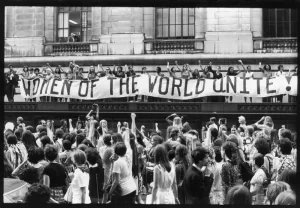
The Triangle Shirtwaist Factory Fire: A Turning Point
One of the darkest events in women’s labor history occurred on March 25, 1911, when a fire broke out at the Triangle Shirtwaist Factory in New York. Trapped inside because factory owners had locked the doors, 146 workers—mostly young immigrant women—perished in the flames or leaped to their deaths.
This tragedy ignited public outrage and led to significant labor reforms, including better working conditions and safety regulations. The fire became a rallying cry for women’s rights, highlighting the exploitation of female workers and the urgent need for change.
A Different Leader
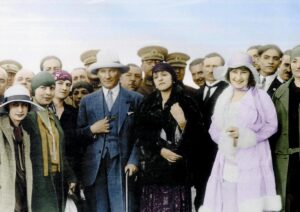
While women across Europe were fighting for the right to vote and be elected, the founder of a newly born country was holding women in high esteem, despite being a man! Mustafa Kemal Atatürk, the founder of the Republic of Turkey, appreciated the role of women in society and civilization to the extent of saying, “Everything we see in the world is the work of women.” He perceived women’s rights as an element of Westernization and modernization. Indeed, no male leader in any country has been seen to be so sensitive to women’s rights. This also makes him one of the rare feminist male leaders in world history.
Atatürk viewed women’s rights as essential to modernization. With the Turkish Civil Code of 1926, women were granted equal citizenship rights. Turkish women were among the first in the world to gain full suffrage in 1934, inspiring many feminist movements worldwide.
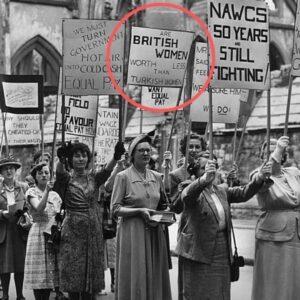
In the Footsteps of the Woman in Mythology
Mythology provides a fascinating lens through which to examine the evolving role of women. From powerful warrior goddesses to persecuted witches, myths reflect the societal struggles and triumphs of women throughout history.
The stories of goddesses and witches have always been an important part of many cultures and religions. These mythical and mystical women archetypes represent femininity, power, and wisdom, providing valuable lessons for women. Their stories can teach us about the different aspects of womanhood and the challenges we may face in our lives, even today. By exploring the stories of these powerful female figures, we can see how the point of view towards the concept of woman never changes. And we can gain a deeper understanding of ourselves and the world around us. For a better future.
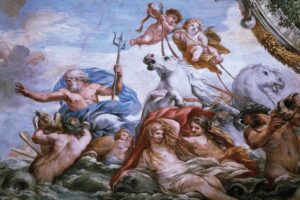
Many consider Lilith to be the first feminist figure in Jewish folklore. She refused to submit to Adam and chose exile over subordination, making her a symbol of defiance against patriarchal norms.
Similarly, Medusa, often depicted as a monster, is now reclaimed as a symbol of resistance against male violence. She represents female rage and the power to defend oneself against oppression.
Artemis, the Greek goddess of the hunt and protector of women, is another feminist icon. She refused to conform to traditional gender roles, lived independently in the wilderness, and ensured the safety of young girls. In many ways, Artemis embodies the modern feminist ideals of strength, autonomy, and sisterhood.

Why the Persecution of Witches is Still Relevant
The witch hunts of early modern Europe were, in many ways, a war on women. Those accused of witchcraft were often independent women—midwives, healers, or widows—who did not conform to societal expectations. These women were seen as threats to male authority and were tortured, executed, or burned at the stake.
The persecution of witches serves as a reminder of the historical oppression of women and the ways in which patriarchal systems have used fear to control female autonomy.
The Fight Continues
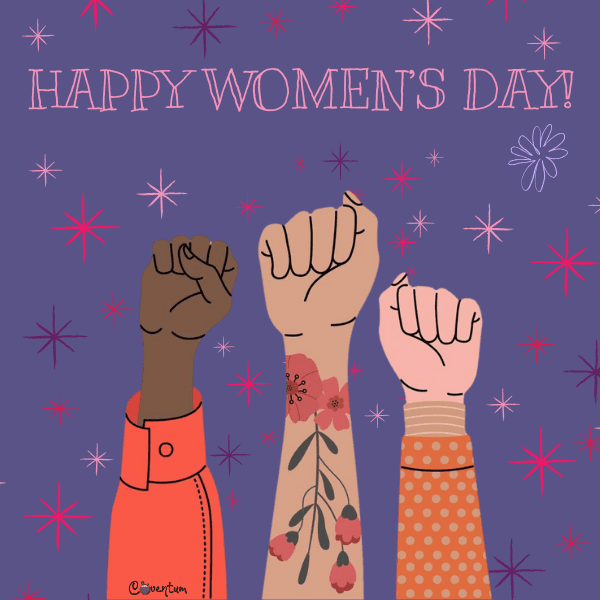
International Women’s Day is not just about celebrating the progress made—it’s about continuing the struggle for true gender equality. From equal pay to reproductive rights, from workplace safety to freedom from violence, the fight is far from over.
Every woman who raises her voice today is part of a legacy that includes Olympe de Gouges, Clara Zetkin, the Triangle Factory workers, and the countless women who have resisted oppression throughout history.
Their stories remind us: this fight is for every woman, in every time, and in every place.
References:
- Wikipedia, “Declaration of the Rights of Woman and of the Female Citizen”
- The Times, “France’s first feminist enjoys revival in film with Julie Gayet”
- Wikipedia, “Clara Zetkin”
- AP News, “International Women’s Day is a celebration and a call to action. Here are things to know”
- The Guardian, “The Triangle Shirtwaist Factory fire: 100 years later”
- History.com, “Triangle Shirtwaist Factory Fire”
- United Nations, “International Women’s Day 8 March”
